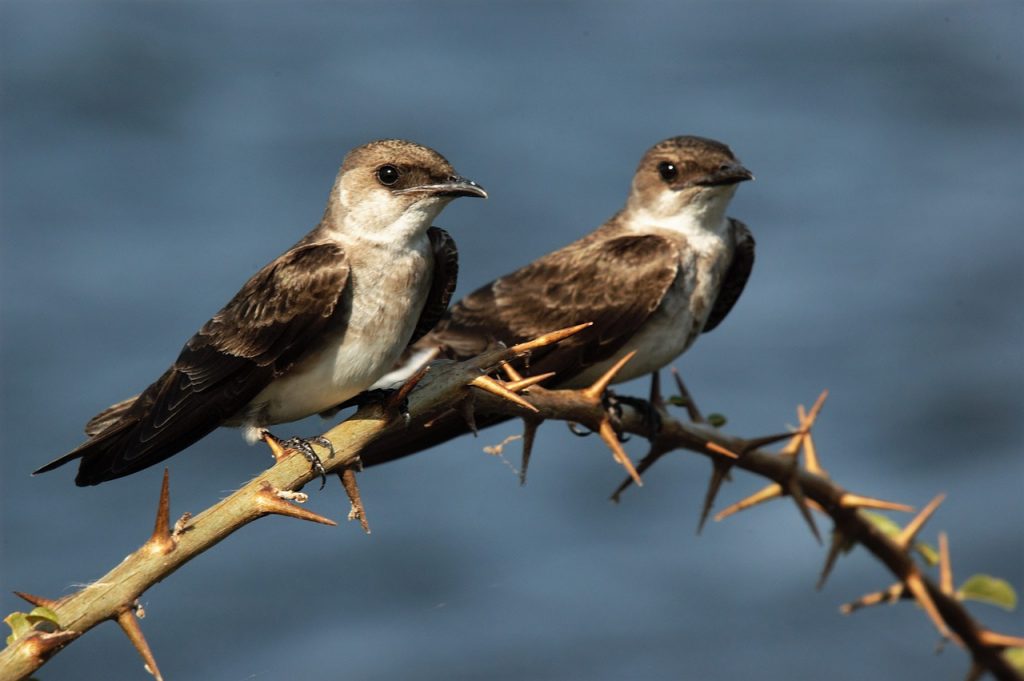
Last week, to feel some sense of control during this pandemic, I decided to remove the blackberry plants that had been multiplying on one side of my backyard. I had ignored them when they first sprouted last year, and now they had formed into a thick bramble. Himalayan blackberries (originally from Western Europe), may be delicious, but they are invasive and a nightmare to deal with. They choke out native plants and destroy the habitats and food sources of native animals. The most efficient way to get rid of them is to use herbicide, but we plan to grow food in our yard, so that option is out. What is left is to cut off the stems, and then to painfully and meticulously dig up as much of the entrenched roots as possible. If even a tiny piece remains, this berry—aka, the Devil’s smoothie booster—will regenerate.
After six hours, some blood from the thorns lacerating my arm, and two broken tools (Grampa’s Weeder, you served valiantly), I was able to get rid of most of the bramble. But plenty of the roots remain, and there are more buried in the ground that I cannot see. The battle has only begun, and it will last years. On some nights, I stay awake, plotting revenge while lightning flashes, illuminating the thorny silhouettes of this prolific, sinister plant.
Continue reading “Funders, this crisis is the time to significantly increase funding for advocacy and community organizing, not cut down on it”